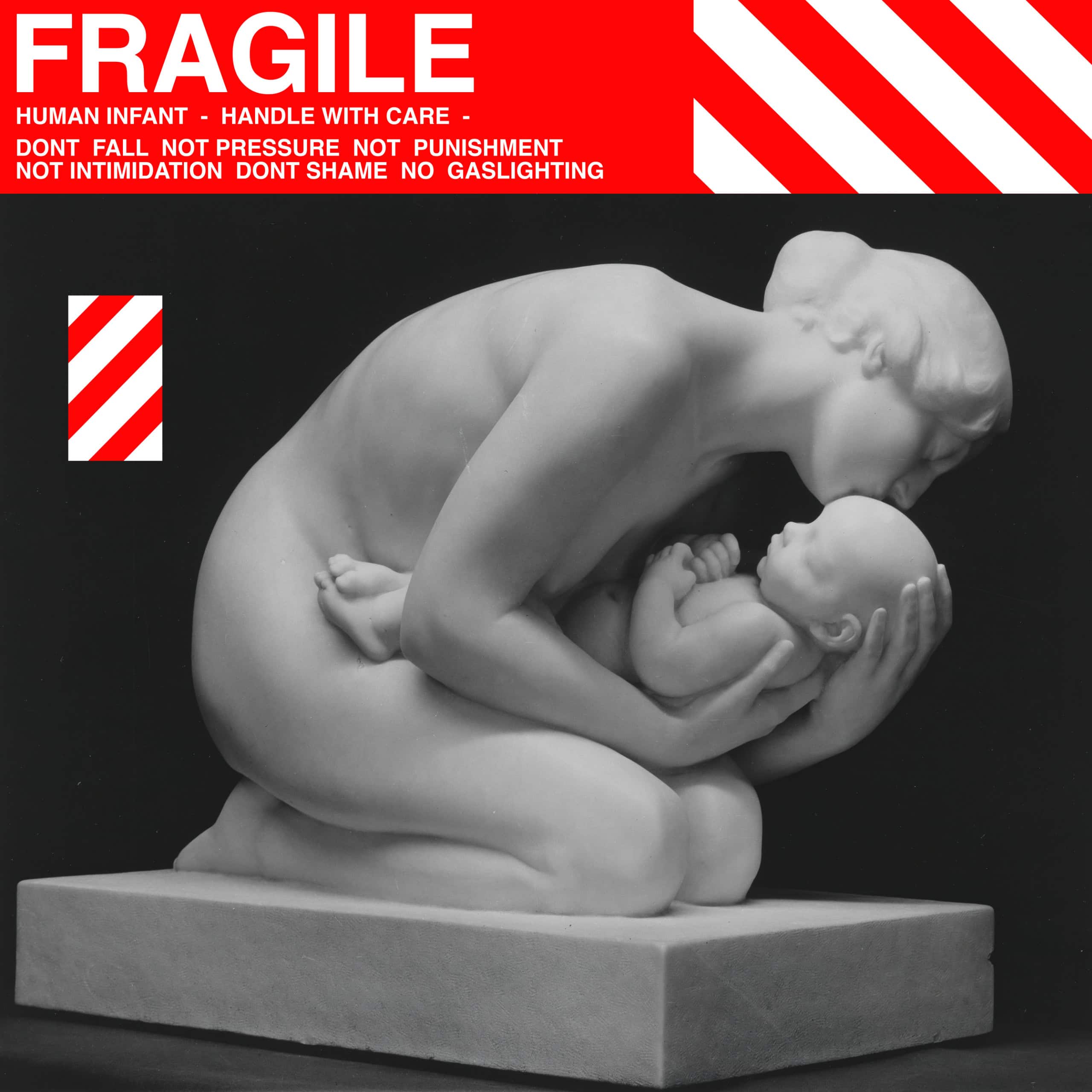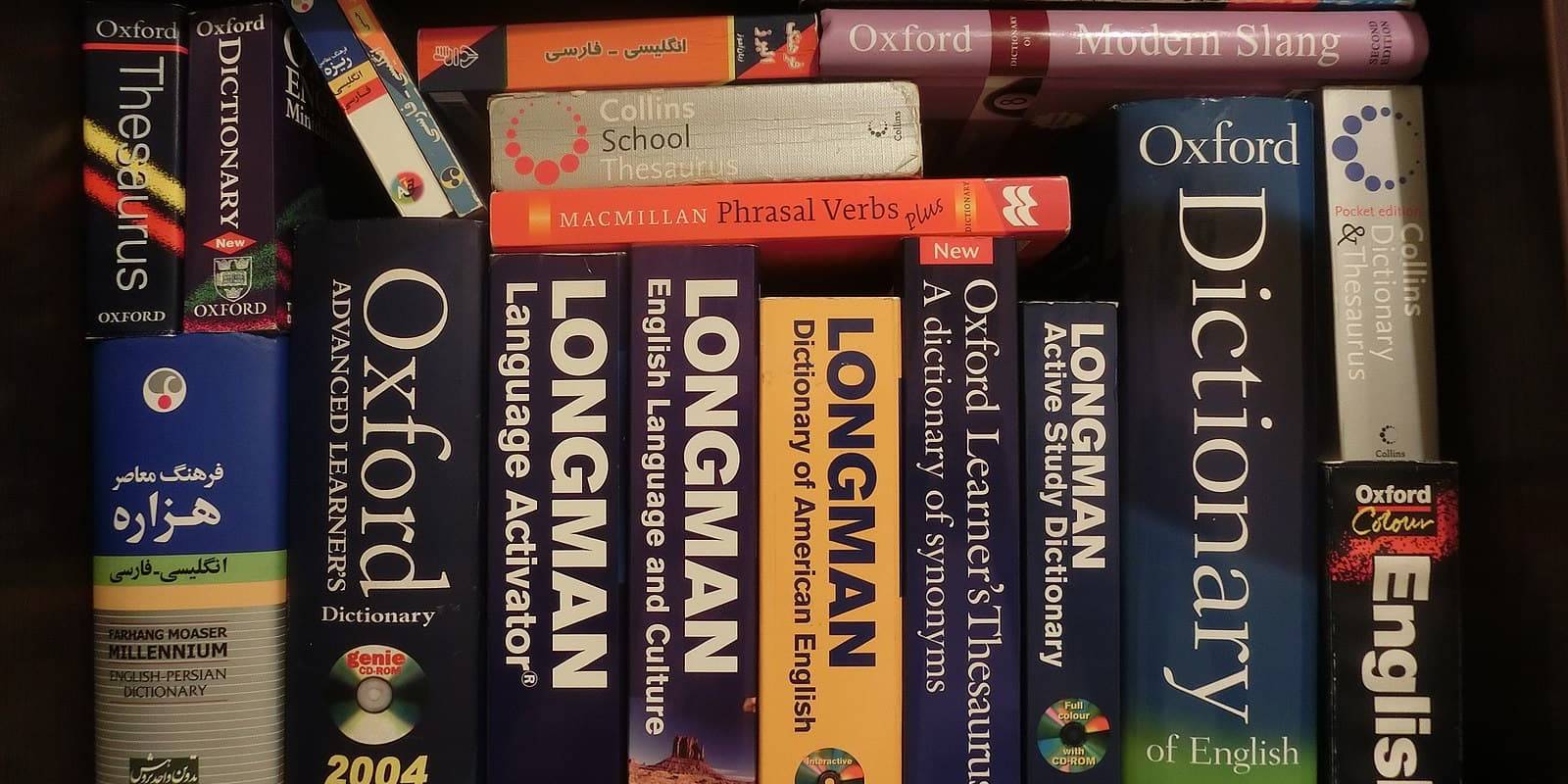The Lie We Tell Ourselves about Parenting

"In many families, excessive worry is often mistaken for heightened care or as a sign for deep love and society tends to normalize and even praise this behavior."
When Society Equates Codependency with Care
In many families, excessive worry is often mistaken for heightened care or as a sign for deep love. Society tends to normalize and even praise this behavior, overlooking the reality that constant worry can conceal underlying emotional struggles. While genuine concern is a natural part of parenting, when that concern transforms into chronic, overwhelming worry, it can create unhealthy emotional entanglements. What appears on the surface as loving care may, in fact, indicate a deeper difficulty in managing emotions independently.
When a parent consistently displays this level of worry, it can instill a sense of codependency in their children. The children may begin to feel responsible for their parent’s emotional well-being, taking on a burden that’s not theirs to carry. Rather than processing their own worries internally, the parent projects these concerns onto their children, rendering the emotional landscape of the family deeply intertwined.
This dynamic can trap both parent and child in a cycle of emotional dependency, blurring the lines between care and responsibility. The emotional burden becomes shared in a way that can stifle the child’s sense of autonomy, often leading to long-term impacts on their emotional development. Recognizing and addressing these patterns is essential for creating healthier family dynamics and nurturing genuine connection that isn’t built on worry or projection.
In psychological terms, codependency describes a dysfunctional relationship in which one person excessively relies on another for their sense of self-worth, approval, and identity. This often manifests in parent-child relationships, where the parent’s emotional needs become enmeshed with the child’s, creating an unhealthy emotional dependency.
This projection of worry can also be an intuitive strategy used by emotionally immature parents to condition their children into caretaking roles. It’s not just about seeking validation; it’s a way of offloading emotional regulation onto the child, making them responsible for managing the parent’s emotional landscape.
Often it is the parent’s wounded sense of self-worth and lack of a loving and safe childhood environment that leaves them struggling with emotional self-regulation, driving them to seek emotional stability from their children instead of managing their internal state themselves. This dynamic, often unconscious, is rooted in deeply ingrained behaviors that can have lasting repercussions for all involved.
“Often it is the parent’s wounded sense of self-worth and lack of a loving and safe childhood environment that leaves them struggling with emotional self-regulation, driving them to seek emotional stability from their children instead of managing their internal state themselves.”
Spotting the Difference Between Genuine Care and Codependency
While concern and care are natural parts of a parent-child relationship, it’s crucial to recognize when these behaviors cross into codependency and enmeshment. Genuine care supports a child’s growth and autonomy, encouraging independence and self-expression, but when worry and involvement become excessive, it can lead to emotional enmeshment and stifling control that undermines the child’s independence.
The challenge lies in understanding the difference between healthy parenting and emotional dependency that hinders growth. Below are key indicators to help discern when care transforms into codependency and the dysfunctional dynamics that often accompany it.
The Key Point to Watch Out For:
Evaluate the Emotional Environment—Trust vs. Mistrust
To discern if you are experiencing emotional enmeshment and codependency, start by evaluating the emotional atmosphere in your family or relationship. Is it one of trust, where individuals feel safe to express themselves openly without fear of judgment, manipulation, or drama? Or is it one of mistrust, characterized by a constant state of defensiveness and emotional upheaval, reflecting a deep-seated fear of emotional instability and a strong desire to control everything—be it emotions or others?
Recognizing that your family’s emotional landscape is rooted in mistrust could serve as an indicator of deeper emotional and potentially generational issues that need attention and healing. Identifying this dynamic is crucial, as it can help shed light on other key factors that may indicate emotional enmeshment and codependency in your relationships.
Signs of Emotional Enmeshment and Codependency:
1 Lack of Boundaries: Healthy boundaries are crucial for both parent and child. When boundaries dissolve due to emotional dependence, it can lead to harmful dynamics. Signs include:
◦ Disregard for privacy (e.g., entering the child’s room without knocking).
◦ Overstepping limits in the child’s personal space or belongings.
2 Denial: Parents may project their emotional issues onto their children, perpetuating dependence and confusion. Signs to look for:
◦ Downplaying personal struggles (e.g., dismissing their own problems).
◦ Minimizing the child’s emotions (e.g., telling them their feelings aren’t valid).
3 Over-involvement: This behavior stems from a need for control or a reaction to neglect experienced in the parent’s own childhood. Signs include:
◦ Doing tasks for the child that they are capable of handling independently.
◦ Constantly monitoring the child’s activities or relationships.
◦ Disregarding the agency of the child, stifling their autonomy.
4 Victim and Bully Mentality: This can be coupled with a controlling or bullying mentality, reflecting a competitive rather than cooperative environment. Signs include:
◦ Consistently viewing themselves as a victim of circumstances.
◦ Using guilt or emotional manipulation to maintain control.
◦ Creating a hierarchy where status and control take precedence over connection.
5 Dysfunctional Relationships: A pattern that often repeats across generations, showing a legacy of mistrust and difficulty in emotional connections. Signs include:
◦ Observing strained relationships between parents and their own parents.
◦ Witnessing patterns of conflict, control, and lack of intimacy in familial interactions.
Conclusion
Recognizing the signs of emotional enmeshment and codependency is essential for creating healthy and intimate relationships. Ultimately, it is the level of intimacy we cultivate with one another that dictates the quality of our lives. By evaluating the emotional environment and differentiating between genuine care and controlling behaviors, we can take steps toward healing and growth.
A trusting atmosphere nurtures emotional health, while a mistrusting one breeds dependence and dysfunction. Excessive worry is just one indicator of deeper emotional issues at play, often rooted in multi-generational family dynamics.
So why has excessive worry become normalized in today’s society? Why do we disguise concern as care?
Many have been conditioned to equate love with vigilance, resulting in a culture where over-involvement and emotional dependence are seen as signs of devotion rather than as unhealthy patterns. This societal trend in parenting can be attributed to a combination of factors, including cultural conditioning, generational patterns, and the pursuit of an idealized self-image, always maintaining a facade of perfection.
At the root of this phenomenon is the belief that a “good” parent is one who is constantly vigilant and protective. This narrative is reinforced through societal norms and expectations, leading many parents to adopt worry as a means of demonstrating their love and commitment to their children.
Intergenerational transmission of emotional patterns further contributes to this issue. Unwittingly, many parents replicate the dysfunctional behaviors experienced in their own childhoods, perpetuating a cycle of emotional entanglement and codependency.
Additionally, the need to maintain a perfect self-image and sense of self-worth can compel parents to conceal their emotional struggles, projecting an aura of constant worry as proof of their dedication.
This need for a facade stems from a complex interplay of factors, including the inability to emotionally self-regulate, a conditional sense of self-worth, and unmet childhood needs. Together, these create a profound desire for external validation and control, manifesting as an unrelenting pursuit of perfection. In essence, we are collectively attempting to avoid self-rejection by controlling our emotions, public image, and self-image.
The interplay of these factors traps us in a cycle of emotional immaturity, disconnection, and dysfunctional relational patterns that have permeated much of society. This self-perpetuating loop compels us to chase an unattainable ideal of perfection to feel secure and accepted.
The collective ignorance surrounding these patterns may serve as a defense mechanism. Acknowledging dysfunction in others’ parenting styles might force us to confront our own behaviors and grapple with uncomfortable truths about our emotional health and family dynamics. This fear of vulnerability and potential shame can lead to societal reluctance in openly addressing these issues.
Breaking this cycle necessitates a collaborative effort to cultivate self-awareness, empathy, and emotional resilience. By understanding the root causes of these behaviors and promoting healthier, more balanced approaches to parenting, we can build a more compassionate and nurturing environment for future generations.
You may also like
Zoe Saldaña’s Oscar win, one single word, and the painful truth it reveals
There is something undeniably revealing about Zoe Saldaña's…
Whipped, muzzled – The Pavlovian Conundrum
I have an American friend who is very good at languages. He…
Realizing You’re Part of the Greater Whole
Carlos Alcaraz couldn’t bring home Olympic gold for Spain.…




